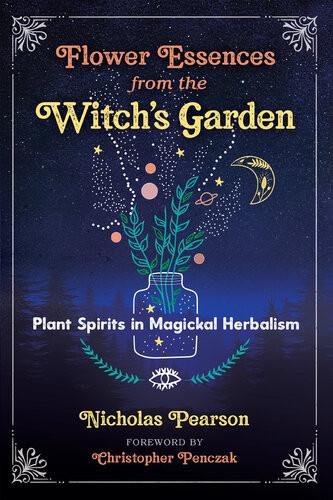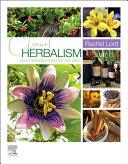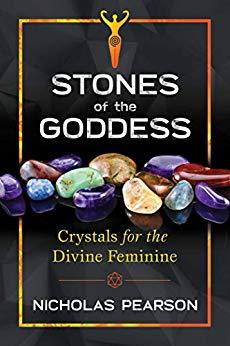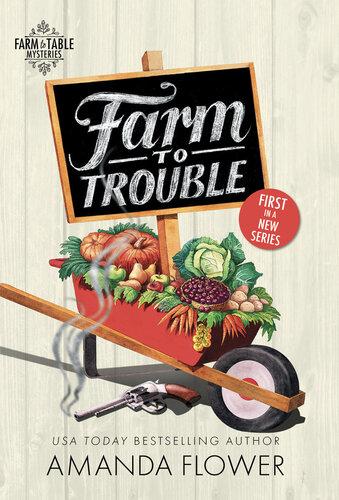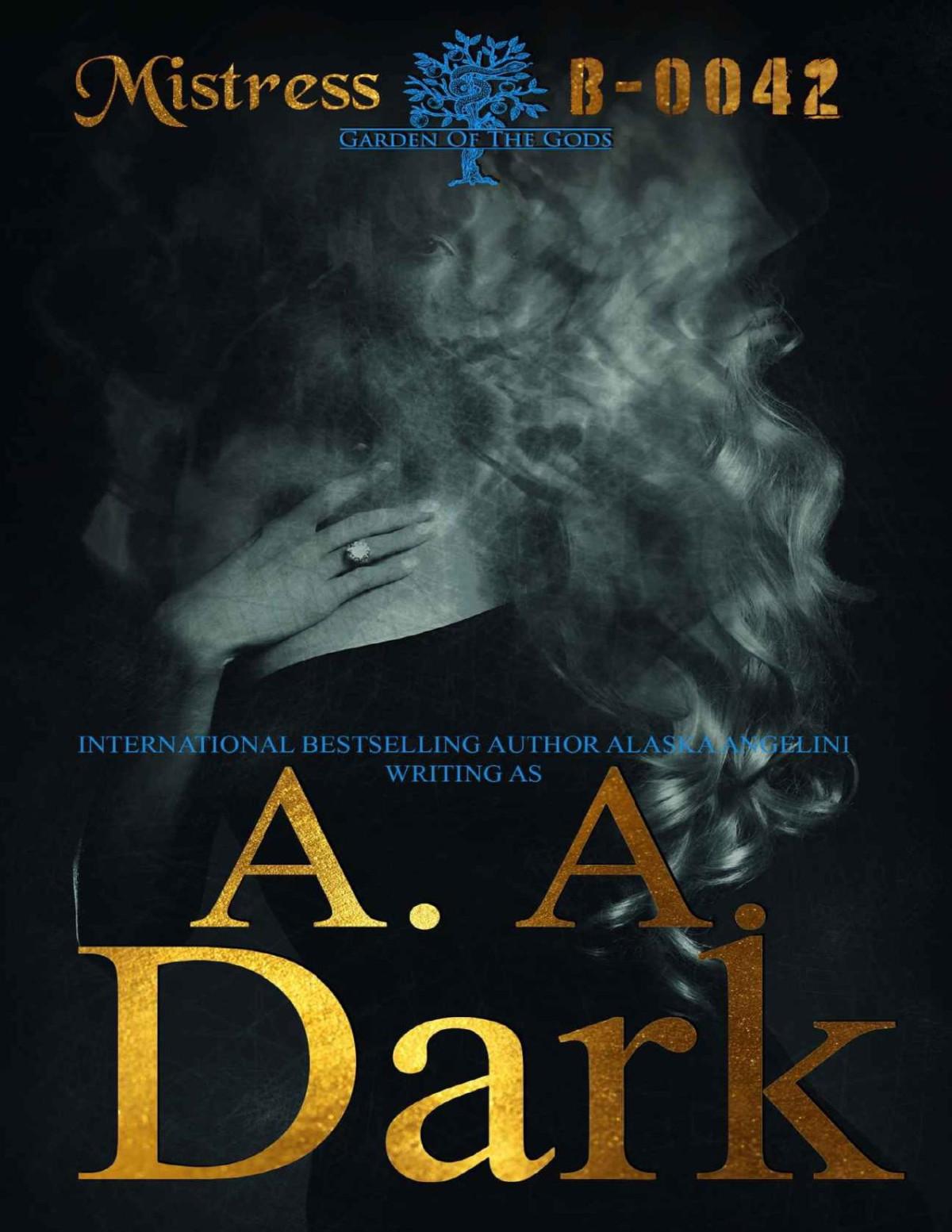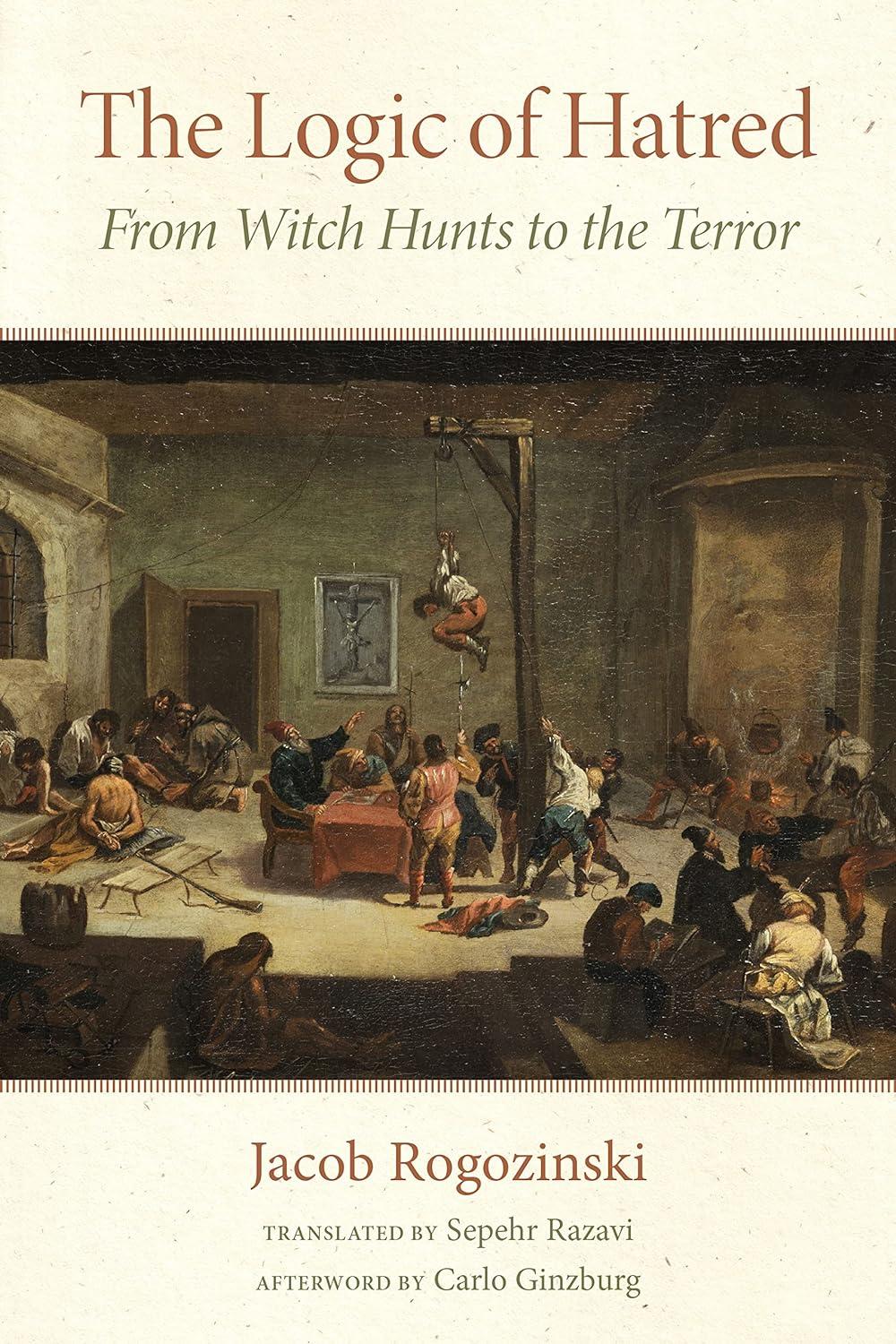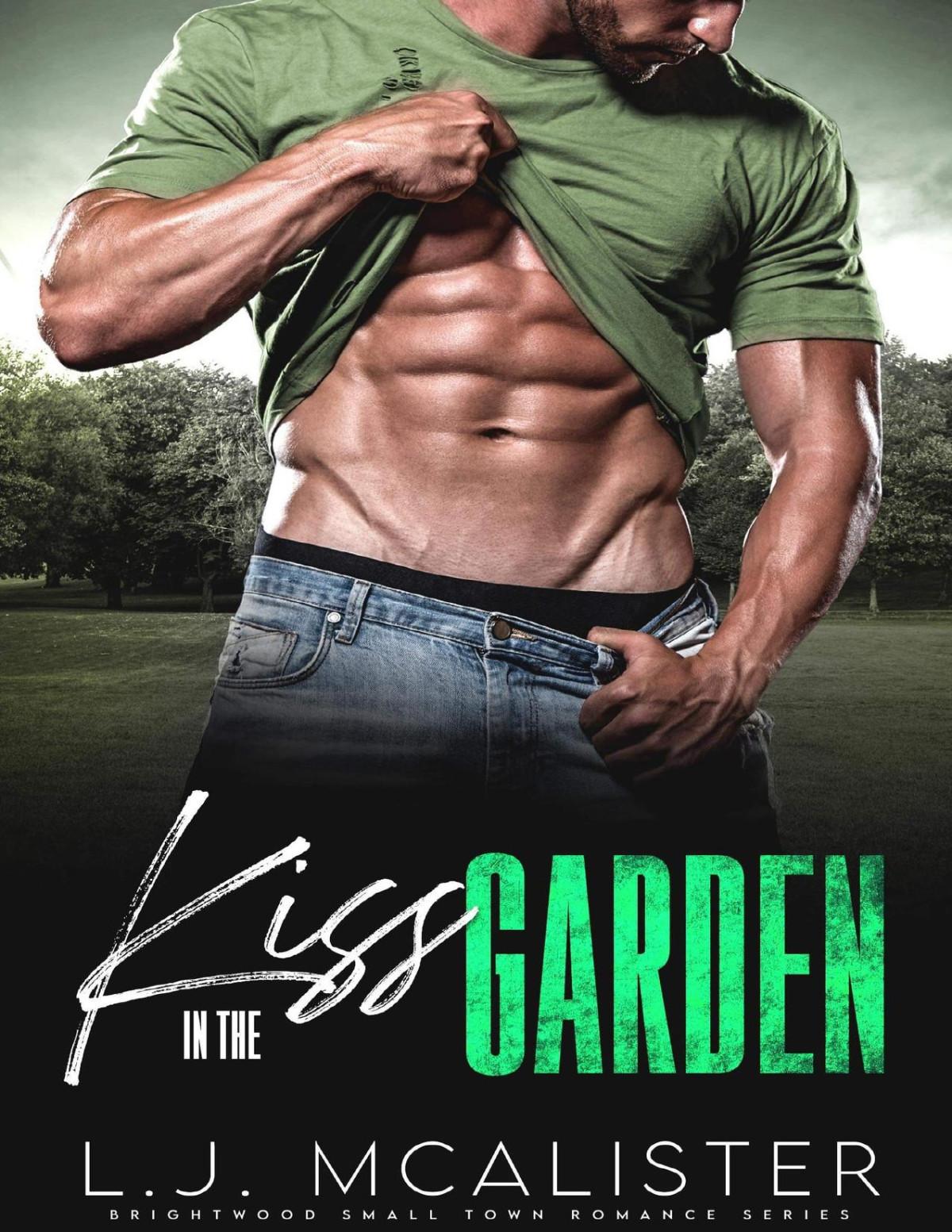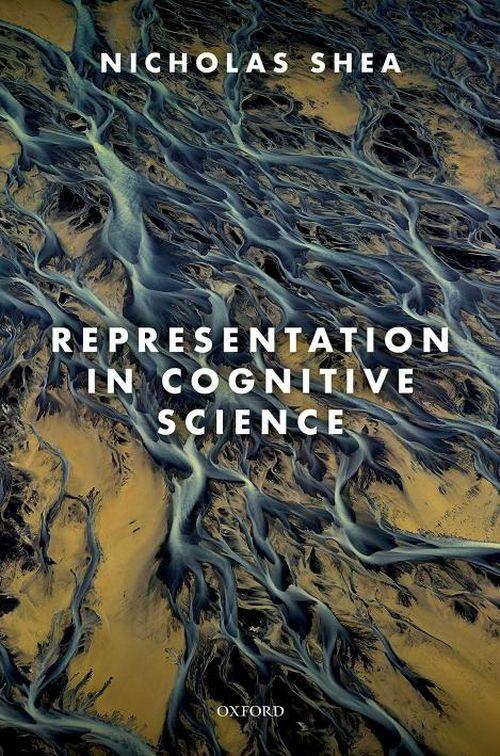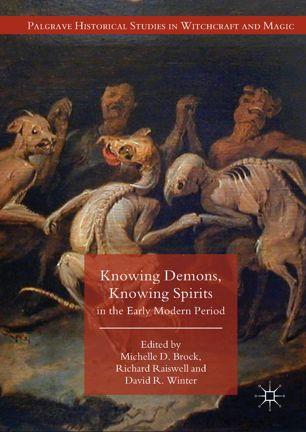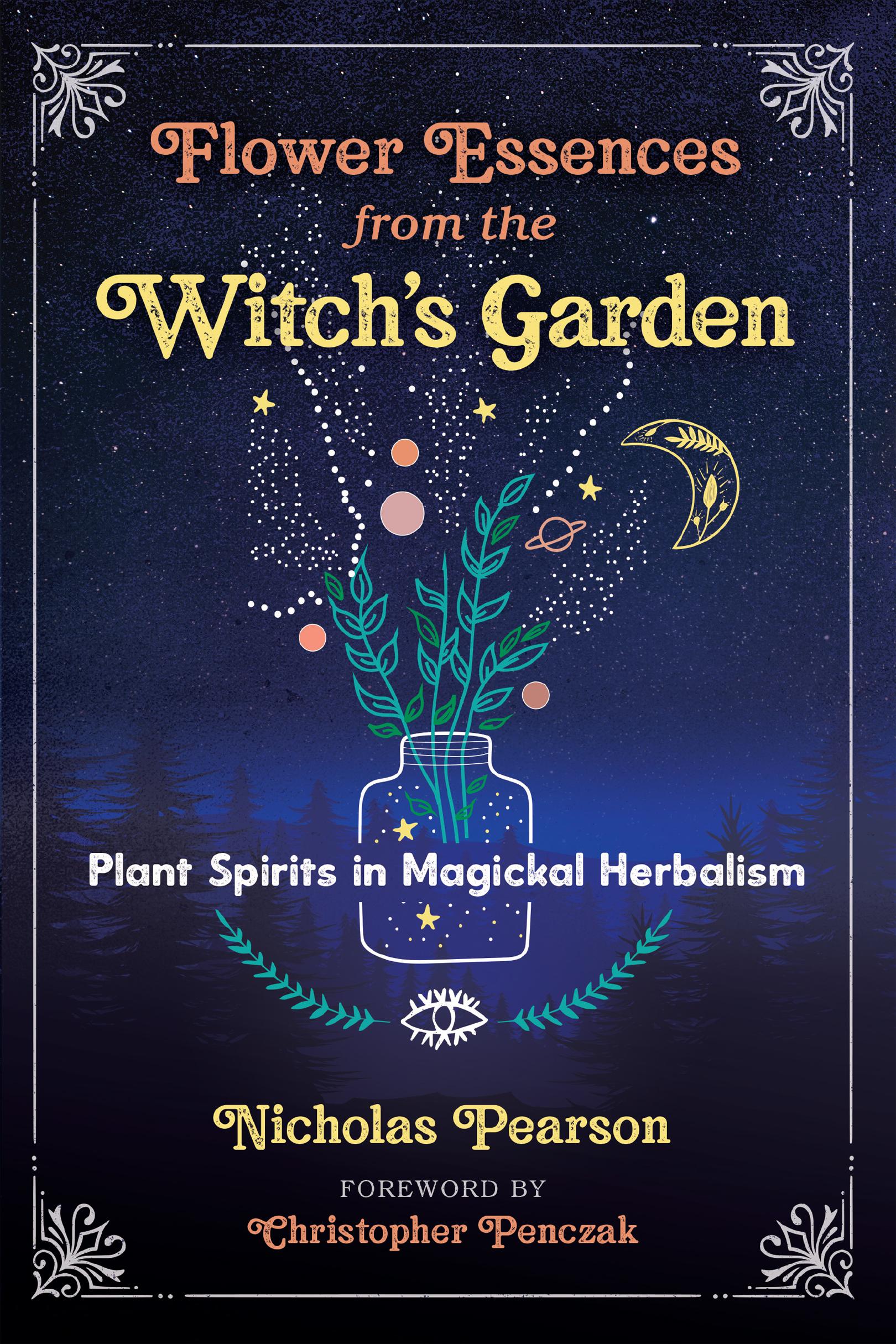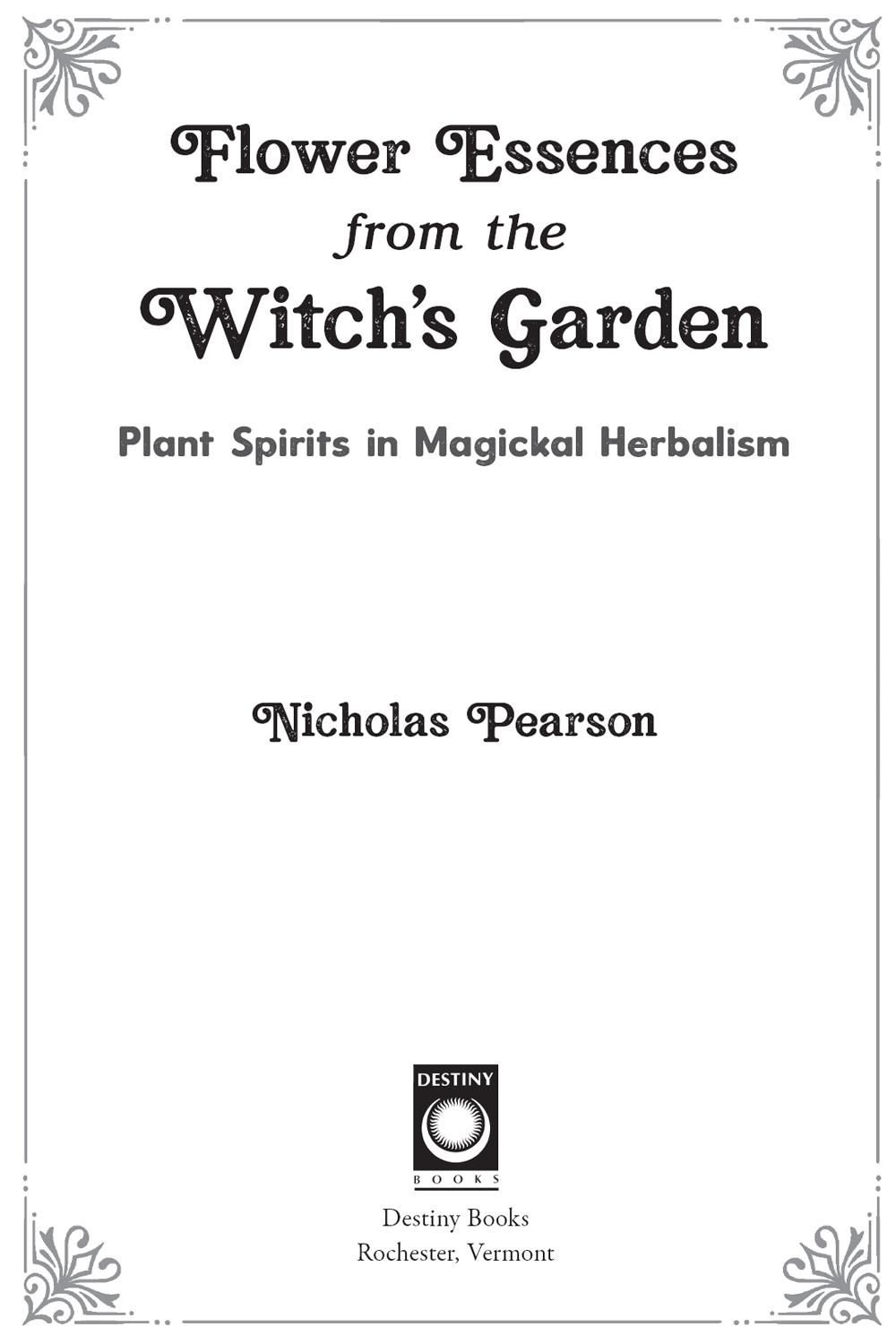Flower Essences fromthe Witch’s Garden
“An exceptionally talented man, whose words are as beautiful as the flowers he explores, Nicholas Pearson has now created a must-have book for anyone interested in spirituality, magick, and the subtle use of plants. Profound and engaging, this book is a worthy and important addition to any flower essence library.”
CANDICE COVINGTON, AUTHOR OF ESSENTIAL OILSIN SPIRITUAL PRACTICE
“FlowerEssencesfrom theWitch’s Gardenis one of the most extensive compendiums on flower essences that I have ever read. Not only is there an in-depth exploration of a whopping 100 essences, but Nicholas also shares his extensive knowledge of the magick of essences that includes discussions of plant spirits, devas, the alchemy of essences, and so much more. If you read only one book on flower essences, look no further, because FlowerEssences from the Witch’sGardenhas it all.”
PAM MONTGOMERY, AUTHOR OF PLANT SPIRIT HEALING
“This book offers an important resource to the world of flower essences and fills a unique niche for students of this healing modality. Nicholas provides empowering tools for creating our
own garden magick and getting to know familiar plant allies in a new and dynamic way. Weaving inspiration and practical guidance, this is a book you will not only benefit from along your personal healing journey but will also enjoy savoring to the last page. A treasured reference in my library for years to come!”
EMILY RUFF, EXECUTIVE DIRECTOR OF THE SAGE MOUNTAIN BOTANICAL SANCTUARY
“An enchanting combination of medicine and magick. From describing the humble origins of flower essences to sharing practical guidance, magickal formulas, and personal insight, this book will enlighten both the beginner and those that are already enjoying the transformational effects of flower essences. The flower essence directory is an indispensable resource.”
FAY JOHNSTONE, AUTHOR OF PLANT SPIRIT REIKI
“An in-depth and detailed book about co-creating at the devic level. Through this magickal work, Pearson practically and intuitively connects us to the energetic medicine of flower essences, which first and foremost treat the spirit. He reminds us that we are a world in need of spiritual medicine.”
THEA SUMMER DEER, AUTHOR OF WISDOMOFTHE PLANT DEVAS
“When I think of the term witch,I think of its etymology—wit (to know; wisdom)—and the feminine-style knowing that comes from deep listening. For those of us whose mission is to forge paths for scientific and mainstream accessibility of clinical flower essence therapy, Flower Essences from the Witch’s Garden reminds us, in rich detail, to keep our wit aligned with the spiritually animated world of the plant kingdom, or, dare I say, queendom.”
LOEY C
OLEBECK,
TRANSLATOR OF BACH FLOWER ESSENCES AND CHINESE MEDICINE
“Nicholas Pearson has given us a lucid and balanced explanation of flower essences. He is careful to define the terminology in a clear way. His focus on developing a context for flower essence use within magickal and ritual contexts fits perfectly with the subtle and metaphysical reality of essences.”
SUE AND SIMON LILLY, AUTHORS OF THE HEALING ENERGIES OF TREES AND THEIR FLOWER ESSENCES
“Nicholas Pearson performs the rare magick of creating an accessible guidebook to working with the plant world in a way that feels thoroughly modern. This book shows us a world in which natural science and natural magick work hand in hand to craft an informed spiritual path that is overflowing with wonder.”
FIRE LYTE, AUTHOR OF THE
DABBLER’S GUIDETO
W
ITCHCRAFT
Acknowledgments
Each and every book is the effort of a community of people and a network of praxes and principles. My thanks go out to everyone along the way who has supported, inspired, and uplifted this project. I am forever grateful to my clients, students, classmates, and colleagues for holding space for my ideas, encouraging me to experiment, and being my first experimental guinea pigs with some of these techniques. A special shout-out goes to Ashley Leavy for being so supportive of me stepping outside my comfort zone.
I owe a mountain of gratitude to Rita Truax for introducing me to the Bach flower remedies and supplying me with countless bottles of personalized blends. Your generosity and love, not to mention the essences themselves, have forever touched my heart and spirit.
Thank you, Christopher Penczak, for planting a seed for using essences in magickal and alchemical ways, as well as for helping me rebuild the foundations of my magickal and spiritual practice. Thank you for the gift of your friendship and for sharing your wisdom so generously over the past few years.
I don’t know if I can ever give Sue Lilly enough gratitude for her and Simon’s contributions both to my practice and to essence practitioners around the world. Thank you for being a fabulous mentor and guide; your Green Man Essences Practitioner course offered invaluable tools and brought me additional confidence as a flower essence practitioner.
Many thanks to Emily Ruff for leading me to a clearer understanding of the Bach essences and for encouraging me to look for the patterns in those essences. I’ll treasure the experience of your flower essence course, and I’m grateful that it helped our paths cross.
Much love and gratitude flows to Deborah Craydon. You are an inspiration and a visionary, and participating in your Floral Acupuncture course was life-changing. Thank you for teaching me so many valuable tools and techniques, and thank you for listening to my experiences with such an open heart and mind.
Thank you to Loey Colebeck of Mind Is Body Therapy for your inspiration and information that supported my understanding of the astrological underpinnings of the Bach flower remedies, which helped refine descriptions of zodiacal signatures in chapter 6. Loey’s lucid and thoughtful teaching style and deep love for flower essences nudged me to dive even deeper into the mysteries of the green kingdom. Her Bach Flower Essences and Chinese Medicine class is also brilliant and recommended to all.
I also owe a debt of gratitude to Natalia Montes for introducing me to the healing and magick of the Patagonia Essences.
Many thanks go to the Temple of Witchcraft community for inspiring so much magick in my life, both within and beyond the Mystery School. Special thanks go to Christopher, Adam, and Steve for blazing the path and to all the members across the world who contribute to our community. Thank you in particular to Sam Belyea for sharing information about planetary signatures at this year’s TempleFest, which helped me greatly with chapter 6.
Thank you, Karen Ainsworth and Dan Lupacchino, for drawing me to Chalice Well in Glastonbury. The retreat we held together contains a mystery and magick that I’ll carry with me for the rest of my life. The flowers, trees, and plants of Chalice Well Gardens opened me to experience the green world in new ways, and the Chalice Well Essences invited me to fall in love with essences all over again. I’m so grateful to you both, and to everyone who participated
in the retreat, for making it such a sacred and memorable experience. Special thanks to Jessica Smithson, whose flowerinfused treats nourished us, body and soul, during the retreat; thank you also for sharing your wisdom and experiences with essences.
For the love of my life, Steven, there aren’t sufficient words in any language to thank you for all that you do to support me. Thank you for your unconditional love, as well as for helping me move and organize hundreds of bottles filled with strange liquids during the research and writing of this book. Thank you for gracing these pages with your art once again. I love you so much, and I’m excited to see what our next chapter looks like.
The wonderful and talented team at Inner Traditions deserves gratitude and recognition for their impeccable work. Thank you for believing in this project and for helping me bring it to fruition. Special thanks go to my wonderful editor, Jamaica, for her guidance and insight in polishing the manuscript.
Most importantly, thank you to Mother Earth for all that she is and does. I am grateful for the magick and medicine that flowers bring to my life. Thank you to the plant spirits, devas, and guides of the plant kingdom and all of nature for working with me each step along the way.
Acknowledgments
Contents
Foreword by Christopher Penczak
Introduction. Entering the Witch’s Garden
Chapter 1. What Are Flower Essences?
Chapter 2. A History of Flower Essences
Chapter 3. Devas, Plant Spirits, and Green Familiars
Chapter 4. Balms, Banes, and Tree Spirits
Chapter 5. Making Flower Essences
Chapter 6. Deciphering the Language of Flowers
Chapter 7. Choosing and Using Flower Essences
Chapter 8. Flower Essences in Magick
Chapter 9. Flower Essence Formulary
Chapter 10. Plant Spirit Alchemy
Chapter 11. Directory of One Hundred Flower Essences
Appendix: Flower Essence Suppliers
Endnotes
Bibliography
Index of Flower Essences
Index
EXPERIENCING THE WITCH’S GARDEN
RitualsandTechniques
Plant Spirit Attunement
Seed-to-Flower Meditation
Invoking Plant Spirits with Essences
Visiting the World Tree
Journey to the Medicine Garden
Journey to Hekate’s Garden
Journey to the Forest of Wisdom
Cleansing and Consecrating Your Tools
Casting a Circle
Calling the Quarters with Plant Spirits
Charging Crystals with Essences
Great Rite (Chalice and Blade Version)
Great Rite (Three Chalices Version)
Rose Bath for Drawing Love
Prosperity Candle Spell
Protection Bottle with Tree Essences
Psychic Vision Spell with Mugwort Essence
Uncrossing Ritual
Charging Potions
Ensouling an Essential Oil
Making a Flower Essence Spagyric
Foreword
Flower essences, like any true medicine, simply make you more yourself. They restore your proper balance, yes, but more importantly they make you more of your true self. The vibrational nature of an essence reveals many of the unseen and unacknowledged patterns within us. As they are brought to the surface, at first we seek to reject them, because we want to believe they are not of our true nature: Theremedymademefeelthatway. The essence triggered me. I wouldn’t normally say or do that. It wasn’t really me. It’s akin to “the devil made me do it,” seeking to shift the blame to another. But an essence can’t make you do something you wouldn’t do. An essence can’t make you not responsible for your words and actions. Like a torch, an essence can reveal in the darkness, illuminating. But it can only reveal what is already there to be seen. And like a flame, given time, it can burn away what no longer serves our true nature, like stripping dross from precious metal.
Essences allow us to make tremendous leaps in our evolution. They dissolve, break down, and otherwise transmute unnecessary patterns, creating shifts in consciousness. When we recognize the patterns in need of healing, we can transform them. Otherwise they lurk just beneath the surface, hiding from our conscious gaze, hoping to escape like a monster beneath the bed or hiding in the closet. By removing the unwanted patterns, essences make the
space in our life, in our bodies, and in our consciousness to welcome more fully our true self into every thought, word, and deed.
I know my own journey into the world of flower essence healing began with a medical diagnosis in the early stages of liver disease. A metaphysically oriented friend, a covenmate in my first coven of Witches, suggested a local healer who used flower essences. As Nicholas mentions, many people confuse flower essences with essential oils, though they are two very different types of medicine. I knew potions and spells and how to blend essential oils, but I didn’t know anything about flower essences at the time. The healer suggested a blend of the flower essences from herbs that healed and nourished the liver—dandelion, milk thistle, yellow dock, and a few others. He explained more deeply how the liver corresponds to anger and the herbs that heal the liver yield essences that heal the vibration of anger, thereby healing the liver. Having studied Hermetics and knowing the principle of correspondence, “as above, so below; as within, so without,” this made magickal sense to me. I understood the chain of health and disease as our thoughts create feelings; feelings create sensations; and sensations contribute to our overall health and well-being. For the Witch, thoughts are things, and they have a powerful effect on our reality.
Three days later I found myself expressing my anger at the most inopportune time, feeling taken advantage of by a new employer. Where previously I would have just smiled and went along, I refused, quite forcefully. I quit on the spot, but it was for the best. I wouldn’t have described myself as an angry person, but as a gay man who grew up in a very Catholic environment, I had a lot of repressed feelings. I just didn’t realize how much. This episode illuminated a pattern: when my boundaries or trust were violated, I would go along with it under the guise of being “nice” or “spiritual.” But I went to the healer to say the essence didn’t work because I hadn’t been that angry before, but I was now. But he seemed delighted by my anger. Revealing my anger so that it could be healed was only the first stage, he said, and I soon began to understand the true nature and power of this healing modality. After
a year of intense healing, resulting in a healthy liver, I began a journey to become a certified flower essence consultant, and I created a line of essences and added this potent piece of healing to my repertoire of Reiki, crystals, shamanism, astrology, and tarot.
The community of flower essence practitioners was deeply versed in the metaphysics of the New Age rather than Witchcraft. Along with Reiki practitioners (a common thread among most of us), I found light workers, Theosophists, and students of the Merkaba, the Flower of Life, and The Urantia Book. At the time I thought I was leaving my Witchcraft, though I still kept celebrating the seasons and the full moon. My desire to be a better healer led to deeper study into the essences and then medicinal herbalism. The traditional medicines of Asia, India, and America got me curious about the Greek and then medieval healing traditions, which brought me back to alchemy, occultism, and, yes, where I began, Witchcraft. By the time I circled back, I realized it was all magick. Everything I learned was part of an overarching wisdom tradition of humanity that is, ultimately, devoted to healing and evolution.
At the time, few Witches worked with flower essences, and those who did straddled the line in explaining the power of essences. One side was more medicinal, couching descriptions of the essences and their effects in scientific—and what some would consider to be pseudoscientific—terminology, speaking of vibration, life force, and quantum entanglement. The other side was the magickal, invoking magickal virtues and plant spirit medicine, speaking of allies and devas. The truth is both and neither. The truth is the paradox of mystery. Healing is one of the great mysteries, along with birth, love, death, and rebirth.
So imagine my delight to see, more than twenty years later, the unapologetic Flower Essences from the Witch’s Garden spring forth and so deftly and comprehensively handle the two sides of essences —medicine and magick. While we separate them today, at one point all medicine was magickal and much of our magick, particularly plant magick, had its roots in medicine. While there will always be separation in a secular society, as we grow, we must also find those
points of union where that shared root of magick and medicine can be recognized and honored. Herbalism and in particular flower essences are one of those places. And here, in this book, Nicholas Pearson shares his formulary of potions for blending flower essences and a grimoire of essence-based spells, while simultaneously revealing in depth the characters and patterns of the flowers themselves, showing an underlying animist at heart, seeking allies in the world of the plant spirits.
It is my hope that this book will be another bridge between the occult traditions rooted in antiquity and the new traditions pioneering a New Age, both of which are forms of magick, though they are often misunderstood by each other. One accuses the other of being too dark; the other accuses the first of being too fluffy and light. Both are true and neither are true, another mysterious paradox, as it all depends upon the practitioners. Like Witchcraft, many of these essences will put you in touch with your own darkness, and the darkness of the world. If you deny something, if you reject it, it will never heal. You must integrate. And like Witches and the deities of Witchcraft themselves, these essences bear light into the dark places, revealing our wounds and the tenderness and sensitivity often at the root of our wounds. They can bring a joy, a lightness, and a laughter that is so necessary for true healing. Through the flowers, through taking and making essences, and casting our spells with them, we learn to awaken and play with the healing childlike heart within us all.
Like a true essence, this book reveals more of Nicholas’s true self, taking us deeper into his love of nature. In his previous books, particularly those focused on the mineral realm, Nicholas blends his geological lore with several streams of crystal wisdom, old and new, along with his own insights and experiences. In a day when many popular texts are only simple reiterations of other people’s knowledge, the knowledge here is hard-won. Built upon a solid foundation of history, theory, and tradition, this book embodies the wisdom of a practitioner who lives nature and applies nature to his own evolution and healing. Nicholas brings heart and soul to it, but
most importantly he brings his magick. He reiterates the age-old role of the Witch as healer and shows that Witches may not always conform to modern expectations. We are walkers between the worlds, often straddling the lines between the occult and the New Age, between the old and the new. We go where we are needed. We go where there is magick to be done. We go to help those on a healing path find their own magick.
At the time of this writing, and no doubt still when the book is released, the world is experiencing a tremendous amount of chaos, suffering, and change. Times are uncertain. On a daily basis we are processing shocks, trauma, grief, and anger. While these things have always been a part of the world, the age of modern technology keeps us in contact with the news in a seemingly never-ending cycle of updates, interweaving with our entertainment and community connections, making a break from it quite difficult. We want to know. We want to witness. We want to support and take action, but the enormity can be quite overwhelming. I can think of no better time for this book to be coming out. I can think of no greater need for the medicines from the Witch’s garden than our need today to process our personal and collective emotions—which flower essences can help with. The Witch believes fervently in that principle of correspondence. Not only do we observe the connection between above and below, within and without, but when we make a corresponding change internally, it brings about change externally. This is the true secret of magick, of Witchcraft. While it can appear to be power over outside forces and even people, at its heart, it is power of yourself and the transformation that occurs to the world when many selves change. This is the Great Work of the magicians, of the alchemists, and yes, of the Witches.
It is my deep desire that this book, an extension of Nicholas’s magick, helps you on your own healing path and that it helps you find and use the tools to reveal more of your own true self and, for those called to heal, no matter how you may see yourself or identify, the necessary tools to help others help themselves.
In Love, Will, and Wisdom, Christopher Penczak Salem, New Hampshire January 2021
CHRISTOPHER PENCZAK is an award-winning author, teacher, and healing facilitator trained as an herbalist and flower essence consultant since 1999. He is the author of ThePlantSpiritFamiliar , TheMightyDead, and Buddha, Christ, Merlin. Cofounder of the Temple of Witchcraft tradition and nonprofit, as well as Copper Cauldron Publishing, Christopher’s work focuses on the contributions of traditional and modern Witchcraft to the wisdom and healing traditions of the world, with a particular emphasis on our relationship with the ancestors and the plant spirits.
Entering the Witch’s Garden
Flowers have held a special place in cultures around the world and throughout history. Ancient cultures used them for healing and in ceremony. They took on special meaning during the Victorian era through the language of flowers, a sort of floral code used to send messages and convey feelings to those around you. Flowers are magickal, and they always have been. It’s no surprise that flower essences, vibrational elixirs carrying the energy or soul patterning of flowers, invite healing and transformation on so many levels.
MY JOURNEY WITH FLOWER ESSENCES
My love for nature is no secret. I write and teach about the wonders of the mineral kingdom, and its beauty and healing virtues support me in some way each day. Before devoting my life to rocks, other kingdoms in nature held equal fascination for me. I have so many memories of studying flowers in the garden and marveling over sprouts breaking through the soil days after sowing seeds. My grandmother loved her garden and shared her joy in it with me, and my father also shared his fascination with the natural world with me at an early age. Together we planted herbs and roses, and we
visited many a park where I could appreciate nature from a close vantage.
In my teen years I learned that plants have a long history of use outside the culinary and medicinal. Herb lore fascinated me as I delved into spirituality and magick. While my love of rock and stone was never overtaken by that of leaf and bloom, I learned to appreciate the plant kingdom for its mystical side. Around this same time I developed an anxiety and panic disorder. While it would be a few years before I received a formal diagnosis, I tried my hand at alleviating the sense of dread that incessantly gnawed through my happiness. That’s when I found flower essences—or, rather, that’s when they found me.
Shortly before I left for university, one of my dearest friends offered to mix a bottle of Bach flower essences for me. Rita was the owner of the local metaphysical store, and she was the first person to invite me to teach about crystals. I’d been visiting the shop for maybe five or six years by that point, and I suspect she had observed the initial signs of anxiety growing like a noxious weed. She pulled out her box containing dozens of dropper bottles and explained to me that the essences were rather like tuning forks for the mind and emotions—they helped us come back into a state of balance. She walked me through a series of questions, jotted down some notes, and proceeded to create a personalized blend of the Bach remedies for me.
That was close to seventeen years ago as of this writing. Flower essences have seen me through a lot of life’s ups and downs. Although there have been brief periods when I hardly used them at all, they’ve never not been part of my life since I first encountered them. Essences are part of my healing toolbox, and they work seamlessly with crystal healing, Reiki, and allopathic medicine. Although I’ve gotten to know a lot of other lines of essences along the way, I still rely on Bach’s remedies to this day. Rescue Remedy, a special blend of five flowers for emergency use, accompanies me everywhere I go. I’m grateful to report that my mental health has
flourished, in part thanks to flower essences—among other important steps I take to cultivate a state of well-being.
Some years ago I began to explore the flowering plants in my home state of Florida. It’s worth noting that the state is named for the Spanish word florida, meaning “flowered.” There are always plants in bloom here. I began researching the magickal and medicinal uses of native plants but never got very far with that project. One day it occurred to me that I ought to make essences from them—and so I did, making essences from local wildflowers. Later, I rediscovered the joy and magick of essences during a fateful visit to Chalice Well in Glastonbury, England. My renewed interest in essences spurred me to apply myself to the practice of flower essence therapy, and I sought out training in a variety of schools.
THE MAGICK OF ESSENCES
There is something rather mysterious about flower essences. There are lots of theories and models for how they work, but the truth is that we cannot truly measure what makes them effective. In spite of that, they really do work. Studies, formal and informal alike, show that flower essences work better than a placebo in a variety of contexts. Flower essence therapy aims to bring balance to the psyche by flooding the mind and emotions with the positive virtues of flowers, thereby enabling the body, mind, and spirit to return to a state of balance. In most cases, flower essences catalyze deep healing at psychological and spiritual levels, though many people who take flower essences also experience the amelioration of physical symptoms.
Despite—or perhaps because of—the mystery of their workings, the inherent power of flower essences lends to their use beyond the healing arts. As I began to truly engage with and explore flower essences, I started using them in my own spiritual practice, taking them well beyond their traditional role in therapy. I meditated with them, used them to facilitate journeying and dreamwork, and
combined them with other ingredients in spellcraft and ritual. I did this with an investigative spirit and an open heart. The essences themselves, and the consciousness of the plants that works through them, led the process. I found other practitioners using essences in magick and ritual, too, which validated my exploration and motivated me to continue.
Whether we use essences as medicine or magick, as therapy or thaumaturgy, they always bring balance to the mind and spirit, eventually grounding this balance into our bodies. Essences offer more radiant health and a deeper connection to the parallel worlds of nature and spirit. They remind us that our very lives are equally as mysterious as the mechanisms by which they work, and they offer us tools for embracing the mystery and magick of everyday life.
USING THIS BOOK
Flower essences are easy to make and even easier to use. In light of that, I’ve tried to make FlowerEssencesfrom theWitch’s Gardenas practical as possible. The book opens with a discussion of what essences are and how they work, followed by a brief survey of flower essence history in chapter 2. Chapters 3 and 4 guide you through my perspective on plant spirits; here you’ll find some experiential techniques to help you better perceive and commune with the intelligence of the plant kingdom, as well as learn how the different classes of spirits manifest themselves in flower essences.
Chapter 5 focuses on how to make flower essences; it will introduce you to the equipment you’ll need and walk you through a variety of methods for making essences. Chapter 6 offers advice for discerning how to use a particular essence. By examining the shape and color of the flowers, as well as other attributes of a plant, you can glean valuable insight into the nature and effects of the flower essence derived from it. Chapter 7 provides practical information for selecting and using flower essences within a therapeutic context.
The next section of the book is decidedly more magickal. Chapters 8 and 9 will introduce you to some nontraditional uses for flower essences. These techniques are rooted in magickal and ritual practice, and you’ll find tips for using essences in incense and for dressing candles, as well as a formulary of flower essence recipes that cover a wide range of intentions. Chapter 10 bridges the topic of flower essences with alchemy, introducing a special formulation called a flower essence spagyric.
The last chapter of the book details the therapeutic and magickal uses of one hundred different essences. Most books on flower essences tend to center on a particular line of essences as well as the therapeutic ideals and techniques taught by a given essence maker or founder. I’ve decided to cover essences that can be purchased from a variety of sources or made in your own garden. Many of the essences are made from plants that are staples of magickal herbalism, though some are relative newcomers to the realms of magick and flower essences alike. Each entry includes the plant’s Latin name, the classification of plant spirit, and the elemental and astrological correspondences associated with the plant. You’ll find a brief list of the magickal uses for each essence, as well as the indications for using the essence therapeutically. The entries for each essence weave together folklore, history, and botanical information to paint a picture of what each essence offers.
If you have any difficulty finding flower essences, please be sure to consult the appendix, which includes descriptions of some of my favorite lines of essences. These lines represent some of the most trusted and intentionally made products on the market, but there are hundreds of others from which to choose.
However you have used essences in the past, I’m hoping that Flower Essences from the Witch’s Garden will offer you something new. Should you already use essences as part of a healing practice, perhaps shining a light on their magickal uses will offer you new tools for your toolbox. Likewise, if you already have a love of magickal herbalism, flower essences can broaden the scope of your work and provide safe and effective ways to work with plants that
are otherwise inaccessible or dangerous. My hope is that this book will inspire you to create more magick and healing in your life, no matter what your practice looks like. May the green heart of nature bring you healing and magick each day.
1
What Are Flower Essences?
The human psyche has always been attracted to the alluring beauty of the plant kingdom. Plants supply food, medicine, and raw materials for weaving, building, and so much more. The plant kingdom offers inspiration for the arts, and flowers take the crown as the most beautiful and inspiring aspect of the green world. The beauty and majesty of flowers, long praised by painters, poets, philosophers, mages, and healers, transcend the ordinariness of everyday life.
Among the myriad ways that we can connect with plants, flower essences, sometimes called flower remedies, display an astonishing potential for helping us attain health, happiness, and spiritual growth. These liquid preparations of plant spirit medicine arose in their modern form through the work of Dr. Edward Bach (1886–1936), who prepared his thirty-eight remedies in the British countryside in the early 1930s.*1 Bach, a medical doctor skilled in bacteriology and homeopathy, sought a new method of healing that could be used universally and with ease among the laity and health professionals alike. The fruit of his labor has inspired and healed millions of people around the world since that time.
Since then, essences have been made not only from flowers but also from other botanical sources, such as leaves, seeds, barks, and roots, as well as other sources of healing energy in the natural world, like gemstones, shells, animals, astrological and seasonal events, special environments, and even sound and light. Flower essences and other vibrational remedies represent the pinnacle of integrative medicine and spiritual healing, and they are rapidly becoming one of the most popular methods for people to support their health and personal development.
DEFINING ESSENCES
Flower essences are dilute solutions containing the energy or spiritual pattern of a flower (or other substance or vibration). They are usually made from water, to which a preservative such as alcohol is added. They are subsequently potentized through one or more stages of dilution. Essences contain virtually nothing, if anything at all, of their parent substance; they work because of the information somehow held within the water itself.
Flower essence makers and practitioners use a variety of different models and metaphors to describe just what essences really are. Bach himself never used the expressions “flower essences” or “flower remedies,” instead calling them “remedies from Nature,” “herbal remedies,” or simply “remedies.” His teachings about the essential nature of these remedies are vague, apart from explaining the action of the remedies, which we’ll examine a bit later in this chapter. As a result, people around the world have come up with many explanations for what the essences are.
Descriptions of essences and their actions generally fall into two camps: those that rely more on spiritual concepts and those that rely on scientific ones. The latter group seeks to legitimize flower essences by employing models that may or may not explain the exact mechanisms at work in flower essences and vibrational remedies. These descriptions tend to rely on theories of
electromagnetism, the memory of water, and the principles outlined in homeopathy as a means of explaining what essences are and how they work.
One such definition of flower essences comes from essence producer and researcher Machaelle Small Wright. She tells us that essences are “water-based solutions holding electrical patterns derived from the different kingdoms and elements of nature.”1 Water has been shown to have a sort of memory in the way that its component molecules arrange themselves. It is able to retain a record or imprint of the substances and electromagnetic fields with which it comes into contact. Some proponents of flower essence therapy, myself among them, believe that this is how essences are made: a strong source of electromagnetic energy, such as sunlight, helps the water retain the imprint of the flowers or other substance to which it is exposed. When taken internally or otherwise used, essences transmit this electromagnetic message to our physical and spiritual bodies, thereby catalyzing the healing process through electromagnetic entrainment.
Those who take a more esoteric route to defining flower essences tend to define essences in more abstract terms. Flower essences are often described as containing the subtle “pattern” or “vibration” of a flower or other source; this energy is outside the scope of what science can currently measure or identify. Other practitioners hold the view that it is not merely a matter of subtle energies, but it is the consciousness or spirit of the plant that does the imprinting. When flower essences are made, the indwelling consciousness or essence of the plant interacts with the water and leaves behind a trace of itself in the process. This second school of thought leaves the door open to experiencing more than simply the remedial effects of an essence—it means that we can take the essences to commune with the spiritual consciousness of nature.
The view that essences are created by the spirit or consciousness of a plant in no way conflicts with an electromagnetic model for what essences are or how they work. Since many different layers, both subtle and gross, comprise reality as we know it, I find myself
using both models to describe flower essences. An essence is the energy signature of a plant, environment, gem, or other focus that is held in water. Defining exactly what makes that imprint is challenging, as orthodox testing reveals nothing within the essence except for the water and preservative. Although no physical trace of the original substance remains, taking flower essences illustrates just how effective they are. Ultimately, the nature of flower essences is something that we cannot yet measure. As a result, our task is to surrender to the mystery of not knowing and to observe what essences are by the effects they have on our bodies, minds, and spirits.
WhatFlower Essences Are Not
When I mention flower essences in conversation, someone almost invariably thinks I’m talking about essential oils. Sometimes essences are conflated with tinctures, homeopathic remedies, or other forms of plant medicine, too. While flower essences may share some superficial qualities with all of these substances (essential oils, herbal medicine, and homeopathic remedies), they are in a category all their own. To better understand what flower essences are, let’s take a look at several things they are not.
Flower essences are most often conflated with essential oils; after all, they are both called “essences” and derive from botanical sources. The similarities end there, though. Flower essences are highly dilute solutions carrying the energetic signature of a flower, while essential oils are concentrated volatile oils that are usually steam-distilled or extracted by solvent from plants. They have strong aromas, whereas flower essences only smell like the preservative used in bottling. Essential oils are employed in aromatherapy, and they have applications that work predominantly on the body, followed by the mental-emotional level of your makeup. Flower essences work predominantly at the spiritual and mental-emotional levels, rather than working directly on the physical body. Essences and essential oils can be used together with ease.
